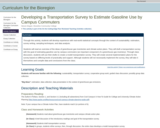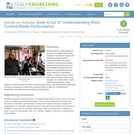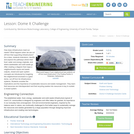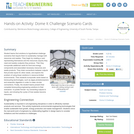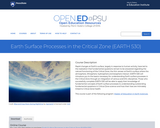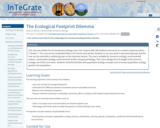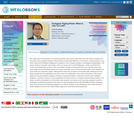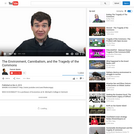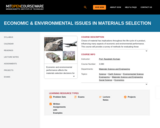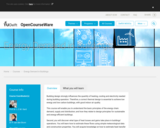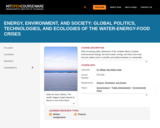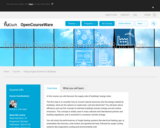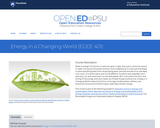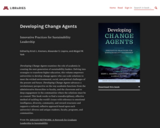
Innovative Practices for Sustainability Leadership
Short Description:
Developing Change Agents examines the role of academia in creating the next generation of sustainability leaders. Delving into strategies to transform higher education, this volume empowers universities to develop change agents who can scale solutions to meet the wicked environmental, social, and political challenges of the present and future. Developing Change Agents advances a revolutionary perspective on the way academia functions from the administrative hierarchies to faculty, and the classroom and to deep engagement in the communities where the solutions must be co-created. This book works to find a transdisciplinary, effective method of tackling the world’s issues with reference to emotional intelligence, diversity, community, and reward structures and supports a tailored, reflexive approach based upon each university’s diverse and unique students, faculty, programs, and communities. From the ANGLES NETWORK: A Network for Graduate Leadership in Sustainability
Word Count: 75528
ISBN: 978-1-946135-57-5
(Note: This resource's metadata has been created automatically by reformatting and/or combining the information that the author initially provided as part of a bulk import process.)
- Subject:
- Career and Technical Education
- Environmental Studies
- Material Type:
- Textbook
- Provider:
- University of Minnesota
- Author:
- Abigail M. York
- Alexander S. Liepins
- Edited by Kristi L. Kremers
- Date Added:
- 11/01/2019

